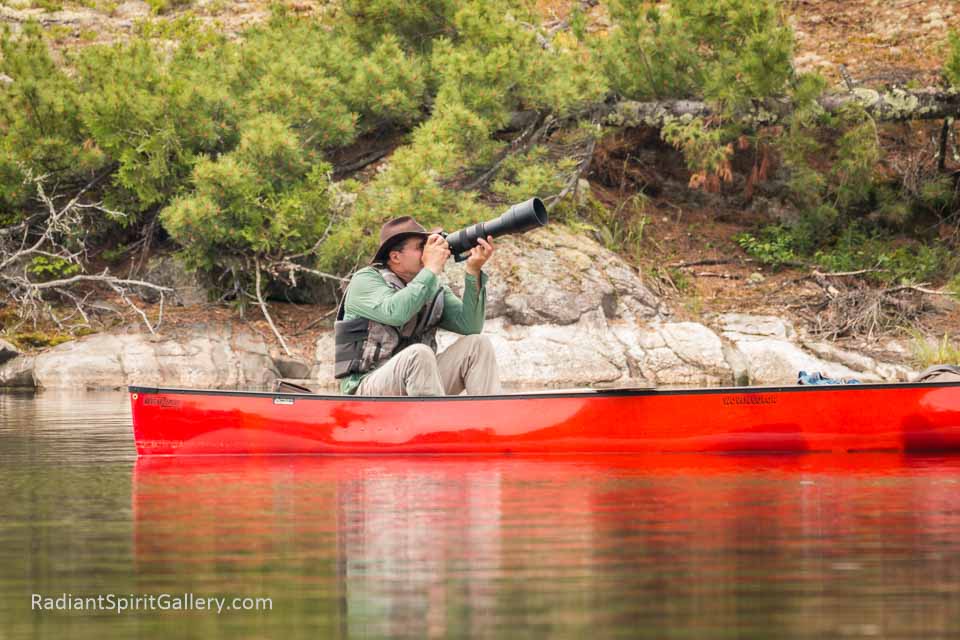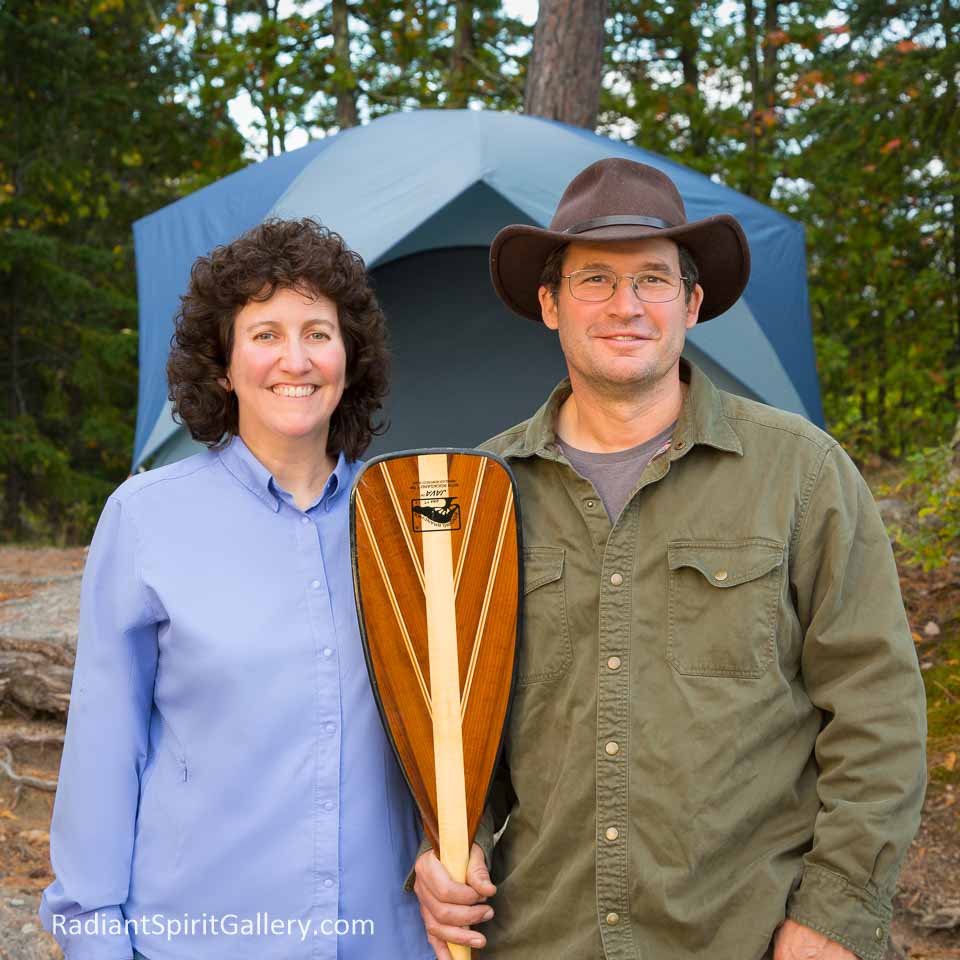Top 6 Photography Tips for Wilderness Canoeing
Dawn LaPointe is a professional nature photographer and co-owner of Radiant Spirit Gallery in Duluth, Minnesota. Here she gives us her top six photography tips for “paddle-ographers”…

by Dawn M. LaPointe
It’s said the best camera is the one that’s with you. That saying is particularly true during a wilderness canoe adventure.
Each tripper must decide what gear will earn precious space in their packs and is worth carrying across portages.
If capturing photographs of your wilderness memories is a high priority, consider these six tips for managing common challenges as a paddler, whether your camera of choice is your cell phone or a pro-quality DSLR:
1. Keep it Dry
Using a wrist strap or neck strap can prevent your camera from landing at the bottom of the lake. In addition, consider a waterproof bag or hard case for transporting and storing your camera.
2. Manage Power
With the absence of electrical outlets in canoe country, there are a few options for recharging batteries, if you choose to pack the accessories. The most simple and compact is a portable power bank. A more robust choice combines a solar panel, lead acid or lithium battery, and inverter.
The duration of trip and your anticipated power consumption will determine your best option for recharging.
3. Safety First
No photo or video is worth risking your life. Be mindful of your surroundings and anticipate obstacles, especially when some of your attention is diverted to create a photo.
4. Be a Considerate Guest
The wilderness is rich with a variety of photo-worthy flora and fauna. For your safety and theirs, give wildlife a wide berth (especially those that are nesting or have young ones nearby) and take care not to trample native plant life.
The best wildlife photos show the natural behavior of unstressed animals—not the tail-end as they run or fly away from people!

5. Keep it Steady
Shooting from a moving canoe can be quite a challenge. Tandem trippers can ask their partner to slow and steady the canoe while shooting.
For solo paddle-ographers (like me), use natural surroundings such as a rock, log, vegetation or shoreline to help steady the canoe. And rely on your paddle to fine-tune your position for the desired composition. Stabilize your camera by resting an elbow on your knee.

6. Chase the Light
Natural light sets the tone and mood of photographs. You may find the most dramatic and colorful scenes at sunrise and sunset, along with lovely golden light in the morning and late afternoon.
When mid-day light is harsh, just add a polarizing filter to cut the glare and make your photos pop.
Don’t overlook the tranquility of twilight blues or underestimate the dark night skies with stars reaching to the heavens. If you’re lucky, you may even see and photograph the dancing skies of the Aurora Borealis during your trip.

With so many opportunities for photography in the wilderness, sometimes it seems there’s no good time to sleep!
Whether you find that photography deepens your connection with nature during wilderness canoe trips, or you simply want to capture candid memories of your adventures, you’ll be glad you made space in your pack for your camera.
Happy paddling!

Dawn’s award-winning photography has hung in the Wilderness Forever Exhibit in the Smithsonian National Museum of Natural History. Her photographer husband, Gary Fiedler, completed a 7-month solo canoe trip in 2014, and is currently attempting a 1-year solo trip in Quetico Provincial Park.
Their adventures are powered by Bending Branches paddles.
See more of their work and connect with them on their website, Radiant Spirit Gallery, and their social media pages: Facebook, Instagram and YouTube.
More for you…
- Canoe Paddles for the Boundary Waters
- Top 5 Tips for Creating Awesome Videos
- Canoe Paddle Sizing Guide










